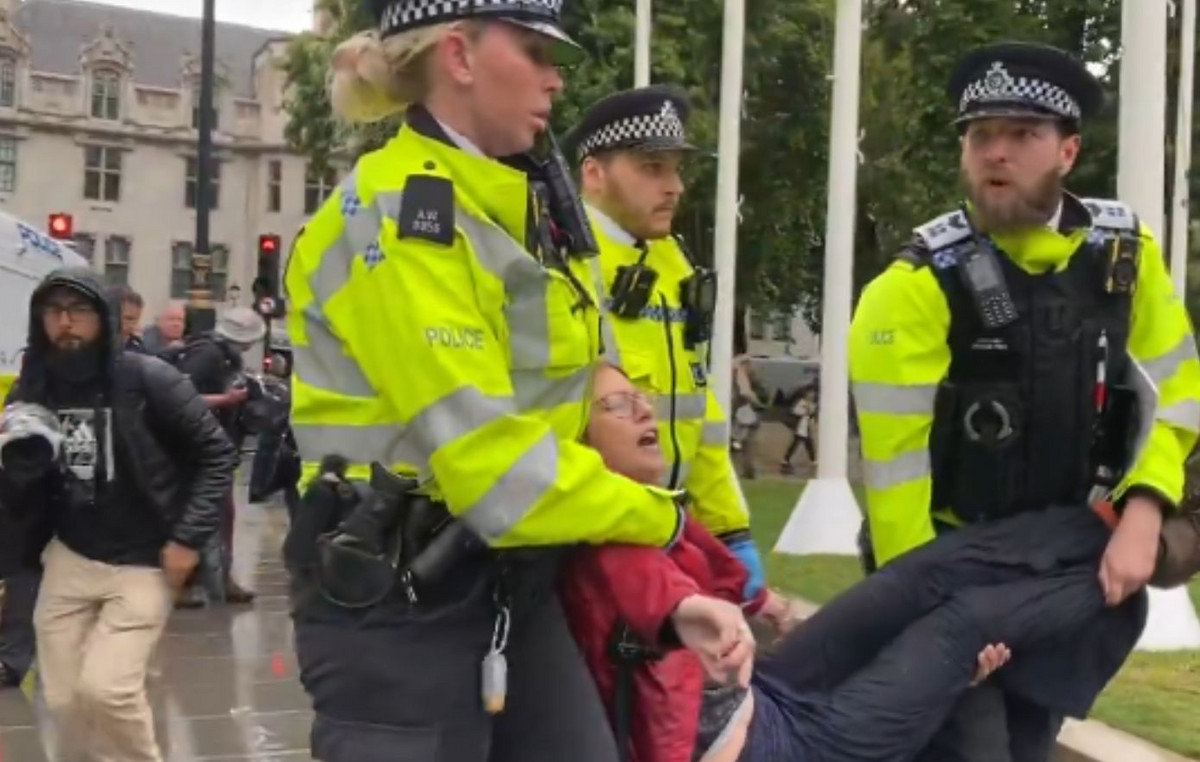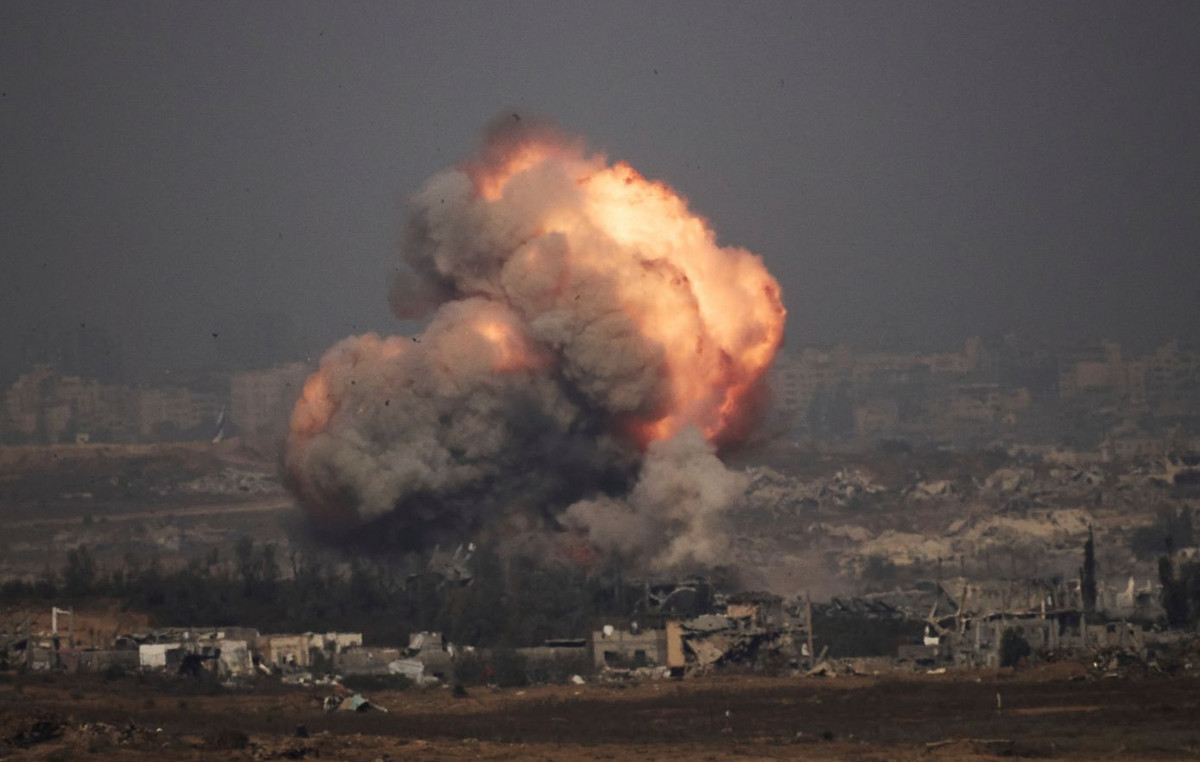The changing language used by the Ukrainian military in 72 hours of daily updates tells the story: “Defensive fighting underway.” “Significant worsening.” Russian “tactical success”.
You rarely hear Kiev's top brass sounding pessimistic, but their steep downhill trajectory reflects the dire situation in which Ukraine finds itself. Russia is not just inching forward in one place; appears to be advancing in four, across the front line.
Moscow knows it has caught up: in about a month, the $61 billion in US military aid will begin to be sent so that Ukraine has the weapons it has been begging for. So Russian President Vladimir Putin appears to be throwing everything he can, knowing that the fight will likely only become more difficult for his forces as summer approaches.
The first, and most worrying, is the northern border, near Kharkiv, Ukraine's second city. Russian forces crossed the border in several locations and claim to have taken nine villages.
The move 5 to 7 kilometers into Ukraine, into the border zone above Ukraine's second city of Kharkiv, is without doubt the fastest Russian advance since the early days of the war. Russia sent five battalions to the border town of Vovchansk, Ukrainian officials said, which was hit hard by airstrikes over the weekend.
The city of Lyptsi is at risk, some military bloggers say, and from there Russian forces could hit Kharkiv with artillery. This is a nightmare for Kiev for two reasons: first, they retook this area from Russian forces 18 months ago, but clearly failed to fortify it enough to prevent Moscow from retreating as easily as they were swept away.
And second, Russia may again tie down Ukraine's overstretched military with constant, overwhelming pressure on Kharkiv, exacting a price with aggressive shelling of a vast urban center.
Then there is the rest of the front, where progress in the Kharkiv region was mirrored by grueling fighting, which suddenly saw new Russian success. This should be the biggest cause for concern for Kiev, as it suggests a coordinated attempt to move in all directions and leave Ukrainian President Volodymyr Zelensky with dire choices about where to send limited resources and where he will need to sacrifice.
Moving slowly south from Kharkiv, closer to Bakhmut, the town of Chasiv Yar has been under intense pressure – the site sits at a higher point, above two important Ukrainian military cities, Kramatorsk and Sloviansk, which could prove to be an exhausting summer pressure point on Kiev's supply lines.

Netaillove and Krasnohorivka, a little further south, see Russian forces making further gains west of Avdiivka and threatening another key center – Pokrovsk. If Ukraine begins to retreat further here, its hold on what remains of the Donetsk region could be at risk.
And then, overnight, Deep State Map, a Ukrainian military analysis group, said the southern village of Verbove was under greatest threat – one of the slim gains from Kiev's abortive summer counteroffensive last year. In general, the news is bad: it is a growing calamity.
Ukraine's rhetorical response has been revealing. Its leaders have said, for the first time, openly how bad the situation is. They appear to be switching commanders – which isn't something you do in the heat of battle without a desperate reason.
There is vehement criticism of the failure to prepare and fortify the northern border regions over the past year. In fact, along much of the front line, where there is no active fighting, and to the rear of active front lines, fortifications appear insufficient, if not entirely absent.
It may be that Kiev believed so much in its counter-offensive last summer that it was unable to entertain the idea of bad news this summer.
Kiev's biggest problem is global attention. Sharp statements from European ministers, and even visits from high-ranking Biden administration officials, cannot eliminate fatigue or the notion that helping Ukraine win is something governments feel they should do strategically, rather than something that governments their audiences actively demand it.
PHOTOS: see images of the war in Ukraine
Source: CNN Brasil
Bruce Belcher is a seasoned author with over 5 years of experience in world news. He writes for online news websites and provides in-depth analysis on the world stock market. Bruce is known for his insightful perspectives and commitment to keeping the public informed.






